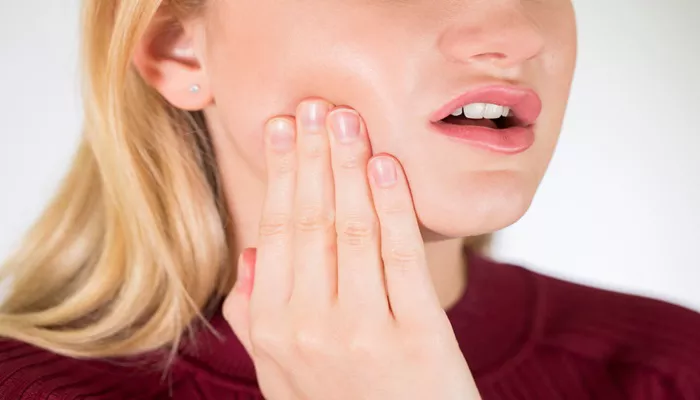Wisdom tooth extraction is a common dental procedure, often necessary due to impaction, overcrowding, or infection.
While the surgery itself is typically straightforward, patients frequently experience swelling in the days following the procedure. This swelling can be uncomfortable and may lead to concerns about recovery. Understanding how to effectively manage swelling is crucial for a smooth healing process.
Swelling occurs as a natural response to surgical trauma. The body sends fluids and white blood cells to the affected area to promote healing, which can result in inflammation. This article explores various strategies to alleviate swelling after wisdom tooth extraction, ensuring a more comfortable recovery.
Immediate Post-Operative Care
1. Cold Compress Application
One of the most effective methods for reducing swelling is the application of cold compresses. Cold therapy works by constricting blood vessels, which minimizes inflammation and numbs pain.
How to Use Cold Compresses:
Timing: Apply an ice pack wrapped in a thin cloth to the outside of your face near the extraction site.
Duration: Use for 10-15 minutes at a time, taking breaks in between applications.
First 24 Hours: Focus on cold therapy during the first 24 hours post-surgery, as this is when swelling is typically at its peak.
2. Keeping Your Head Elevated
Elevating your head can significantly reduce swelling. When you lie flat, blood flow can accumulate in the surgical area, exacerbating inflammation.
How to Elevate:
Use extra pillows while sleeping or resting.
Consider raising the head of your bed slightly.
This position encourages proper blood circulation and helps prevent excessive fluid buildup.
SEE ALSO: When Does The Pain From Wisdom Teeth Stop?
Dietary Considerations
3. Soft and Cold Foods
Diet plays a significant role in managing post-operative swelling and discomfort. Choosing appropriate foods can aid in recovery.
Recommended Foods:
Cold items like yogurt, smoothies, and ice cream can soothe the extraction site.
Soft foods such as mashed potatoes, applesauce, and pudding are easy to consume without putting pressure on sore areas.
4. Avoiding Irritating Foods
Certain foods can aggravate swelling and discomfort:
Foods to Avoid:
Hot or spicy foods may irritate the surgical site.
Hard or crunchy foods can cause additional trauma to the area.
Stick to lukewarm or room-temperature options during the initial recovery phase.
Medications for Pain and Swelling
5. Over-the-Counter Pain Relief
Nonsteroidal anti-inflammatory drugs (NSAIDs) like ibuprofen or naproxen can help reduce both pain and swelling.
Dosage: Follow your dentist’s recommendations for dosage and frequency.
Timing: Take these medications as soon as you start feeling discomfort post-surgery to manage pain effectively.
6. Prescription Medications
In some cases, your dentist may prescribe stronger pain relief or anti-inflammatory medications. Always follow your dentist’s instructions regarding these medications.
If nausea occurs due to medication, consult your dental office for alternatives.
Oral Hygiene Practices
7. Gentle Oral Care
Maintaining oral hygiene is crucial but must be approached with care after surgery.
Rinsing: Begin rinsing with warm salt water starting 24 hours post-extraction to keep the area clean and reduce swelling.
Brushing: Avoid brushing directly on the extraction site for several days but maintain overall oral hygiene.
8. Avoiding Straws
Using straws can create suction that dislodges blood clots essential for healing. Avoid straws for at least a week post-surgery.
Additional Techniques for Swelling Relief
9. Moist Heat Application (After 24 Hours)
After the initial swelling phase (usually within 24 hours), switching from cold compresses to moist heat can promote healing by increasing blood flow.
How to Apply Heat:
Use a warm compress or heating pad on low settings.
Apply for about 20 minutes at a time, allowing breaks in between applications.
10. Staying Hydrated
Hydration is essential for recovery. Drink plenty of fluids but avoid carbonated drinks and alcohol that may irritate your mouth.
Recommended Fluids:
Water should be your primary beverage.
Nutrient-rich smoothies can also provide hydration while being gentle on your mouth.
Monitoring Recovery
11. Recognizing Complications
While some swelling is normal after wisdom tooth extraction, it’s essential to monitor for signs of complications:
Increased pain or swelling after three days may indicate infection or other issues.
Symptoms such as fever, persistent bleeding, or unusual discharge should prompt immediate consultation with your dentist.
12. Follow-Up Appointments
Attend all scheduled follow-up appointments with your dentist to ensure proper healing and address any concerns promptly.
Conclusion
Managing swelling after wisdom tooth extraction involves a combination of immediate care strategies, dietary adjustments, medication management, and diligent oral hygiene practices. Byfollowing these guidelines—such as applying cold compresses initially, eating soft foods, taking prescribed medications as directed, and maintaining proper oral hygiene—patients can significantly enhance their recovery experience.
Related topics:

